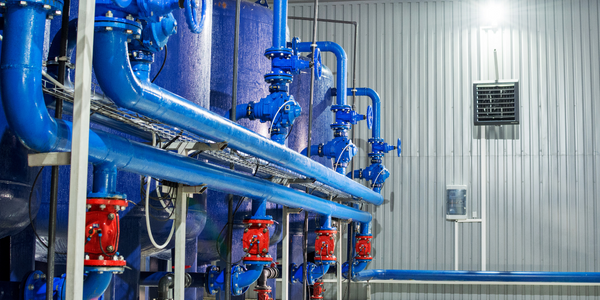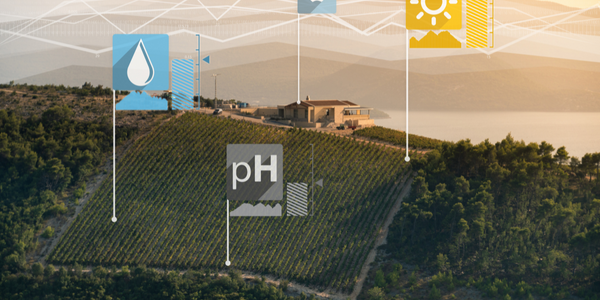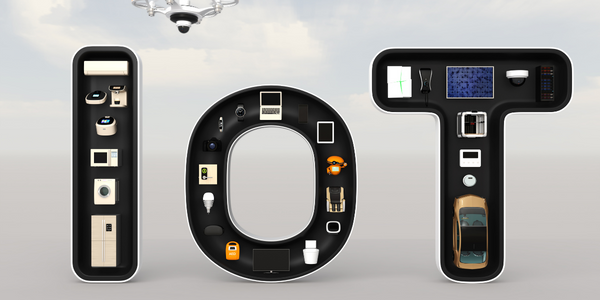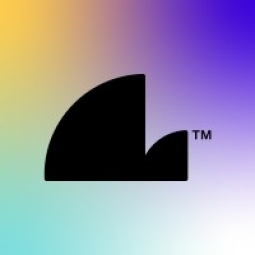Technology Category
- Application Infrastructure & Middleware - Event-Driven Application
- Infrastructure as a Service (IaaS) - Public Cloud
Applicable Industries
- Agriculture
- Equipment & Machinery
Applicable Functions
- Product Research & Development
Use Cases
- Experimentation Automation
- Inventory Management
About The Customer
The customer in this case study is the Bureau of Land Management (BLM) and the US Department of Agriculture Forest Service. These agencies are responsible for administering millions of acres of America's public lands. Their mission is to sustain the health, diversity, and productivity of these lands for the use and enjoyment of present and future generations. They aim to balance use, conservation, environmental management, recreation opportunities, and tourism. The Roseburg District BLM and Umpqua National Forest, in particular, manage an area that contains dense forests, rivers, streams, and hundreds of miles of trails frequented by hikers, equestrians, and mountain bikers.
The Challenge
The Bureau of Land Management (BLM) and the US Department of Agriculture Forest Service are responsible for managing millions of acres of America's public lands. Their mission is to sustain the health, diversity, and productivity of these lands for the enjoyment of present and future generations. Increasingly, these lands are viewed from the perspective of the recreational opportunities they offer, their cultural resources, and their abundant beauty. The Roseburg District BLM and Umpqua National Forest, which border each other, provide opportunities to collaborate in the development of brochures and other interpretive projects to showcase the vast recreational, scenic, and tourist attractions of the region. The challenge was to create collateral pieces on a variety of subjects and recreational opportunities, including boating, camping, fishing, hiking, hunting, mountain biking, site-seeing, and visiting cultural or heritage sites.
The Solution
To promote the 70-mile North Umpqua Trail, recreation planners for the Roseburg District BLM and Umpqua National Forest collaborated with Mary Breannan, a graphic artist for the Umpqua NF. Brennan, a longtime user of CorelDRAW, used the software to create a 20-page double folded brochure. The brochure featured scenic photography captured digitally and later touched up in Corel PHOTO-PAINT. Brennan also created new graphics for the brochure and included educational information on the fish stocks that populate the river. The brochure was a complete design, with each page offering different color schemes, text, and images. Brennan's familiarity with CorelDRAW provided time- and cost-saving opportunities, and she found the software's PDF publishing, import and export filters, and the ability to share files with applications like Microsoft Word invaluable to her workflow.
Operational Impact
Quantitative Benefit

Case Study missing?
Start adding your own!
Register with your work email and create a new case study profile for your business.
Related Case Studies.

Case Study
Smart Water Filtration Systems
Before working with Ayla Networks, Ozner was already using cloud connectivity to identify and solve water-filtration system malfunctions as well as to monitor filter cartridges for replacements.But, in June 2015, Ozner executives talked with Ayla about how the company might further improve its water systems with IoT technology. They liked what they heard from Ayla, but the executives needed to be sure that Ayla’s Agile IoT Platform provided the security and reliability Ozner required.

Case Study
IoT enabled Fleet Management with MindSphere
In view of growing competition, Gämmerler had a strong need to remain competitive via process optimization, reliability and gentle handling of printed products, even at highest press speeds. In addition, a digitalization initiative also included developing a key differentiation via data-driven services offers.

Case Study
Intelligent Farming with ThingWorx Analytics
Z Farms was facing three challenges: costly irrigation systems with water as a limited resource, narrow optimal ranges of soil moisture for growth with difficult maintenance and farm operators could not simply turn on irrigation systems like a faucet.

Case Study
Predictive Maintenance for Industrial Chillers
For global leaders in the industrial chiller manufacturing, reliability of the entire production process is of the utmost importance. Chillers are refrigeration systems that produce ice water to provide cooling for a process or industrial application. One of those leaders sought a way to respond to asset performance issues, even before they occur. The intelligence to guarantee maximum reliability of cooling devices is embedded (pre-alarming). A pre-alarming phase means that the cooling device still works, but symptoms may appear, telling manufacturers that a failure is likely to occur in the near future. Chillers who are not internet connected at that moment, provide little insight in this pre-alarming phase.

Case Study
Premium Appliance Producer Innovates with Internet of Everything
Sub-Zero faced the largest product launch in the company’s history:It wanted to launch 60 new products as scheduled while simultaneously opening a new “greenfield” production facility, yet still adhering to stringent quality requirements and manage issues from new supply-chain partners. A the same time, it wanted to increase staff productivity time and collaboration while reducing travel and costs.

Case Study
Integration of PLC with IoT for Bosch Rexroth
The application arises from the need to monitor and anticipate the problems of one or more machines managed by a PLC. These problems, often resulting from the accumulation over time of small discrepancies, require, when they occur, ex post technical operations maintenance.







